Yen Bai - To proactively respond to and overcome the consequences of heat, storms, and floods; stabilize and maintain production, and minimize damage to aquaculture farmers; farmers need to take the following measures:
1. Take proactive measures to reduce the impact of heat
Maintain pond water level from 1.5 - 2 m; regularly aerate water to avoid water temperature stratification, ensure dissolved oxygen content suitable for growth and development of farmed aquatic products, especially in the early morning and late afternoon; regularly monitor the environment, observe the activities of farmed aquatic products.
When there are abnormal signs, take immediate measures such as adding water and increasing oxygen to the pond; having a suitable feeding regimen; adding vitamins to the diet to increase resistance for farmed aquatic animals; proactively adjusting the diet when the water temperature increases (> 35 o C).
2. Before the storm
Harvest all or thinly harvest farmed aquatic products when they reach commercial size; dredge ditches; install overflow pipes, clear tree branches around pond banks; arrange anchors, check and reinforce the anchor rope system and cage buoys; clean and ventilate cages; when necessary, move cages to sheltered areas with gentle currents; if cages cannot be moved, cover the cage surface with a net of suitable mesh size to limit the escape of farmed aquatic products; prepare necessary equipment, chemicals, raw materials (nets, barriers, bamboo poles, hoes, shovels, generators, water fan motors, lime, boats, life buoys, etc.) to proactively reinforce and repair the pond bank system, culverts, and barriers when bad situations occur.
3. Remedial measures after storms
Drain some water from the surface layer to reduce the amount of rainwater in the pond; run water fans and aerators to limit water stratification in high-density intensive ponds. Check and treat environmental factors in ponds, lakes, and cage locations to ensure that environmental factors are within allowable limits.
Move the cage to a farming area with suitable water quality (if necessary). Add vitamins or biological products to the feed to increase the resistance of farmed aquatic animals; regularly monitor the health of farmed aquatic animals to take timely measures. Use drugs and chemicals to detoxify, disinfect and treat the water environment after rain, storms and floods (if polluted).
If there are dead aquatic animals, they must be handled according to the instructions of the local management agency to disinfect, sterilize and treat the water environment. Farmers need to proactively monitor weather forecasts, warnings, and natural disaster forecasts of local management agencies... to proactively prevent, avoid and minimize damage caused by natural disasters.
Nguyen Thi Xuan (Provincial Agricultural Extension Center)
Source link

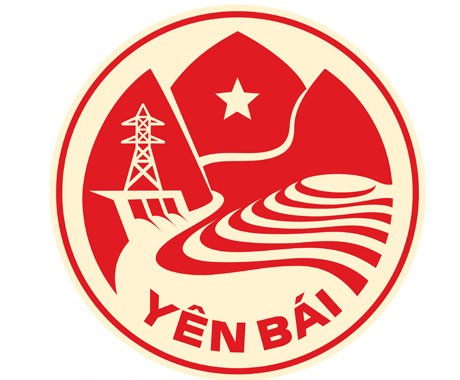




















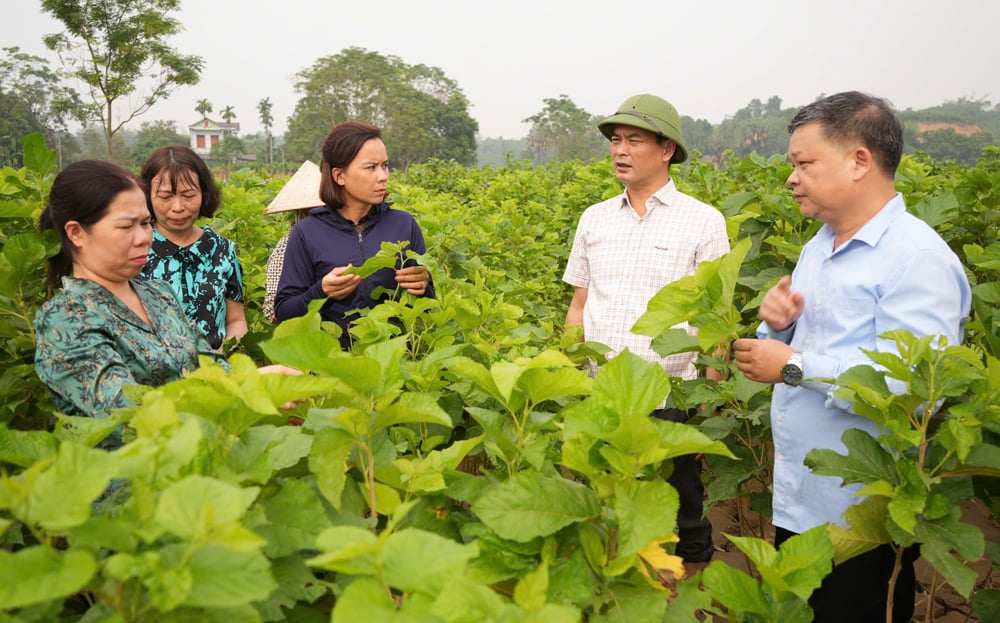



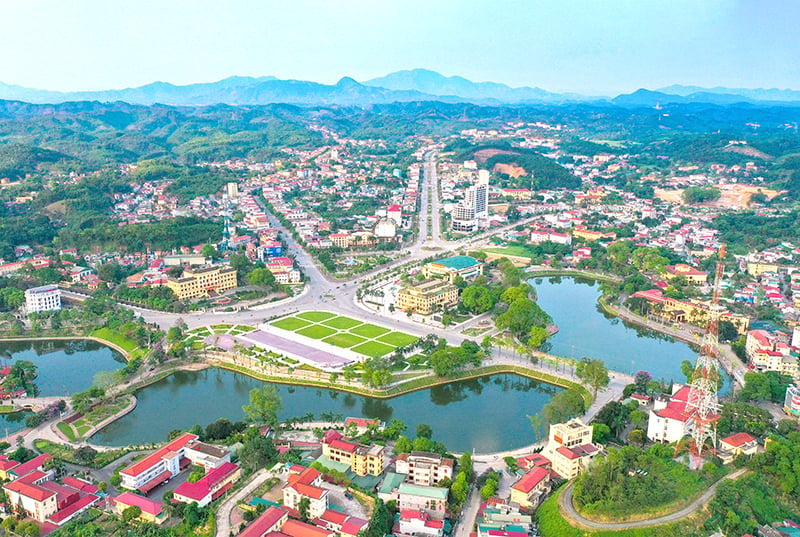

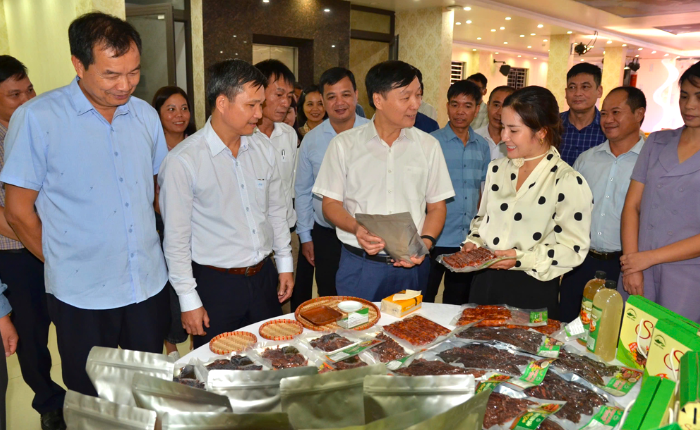
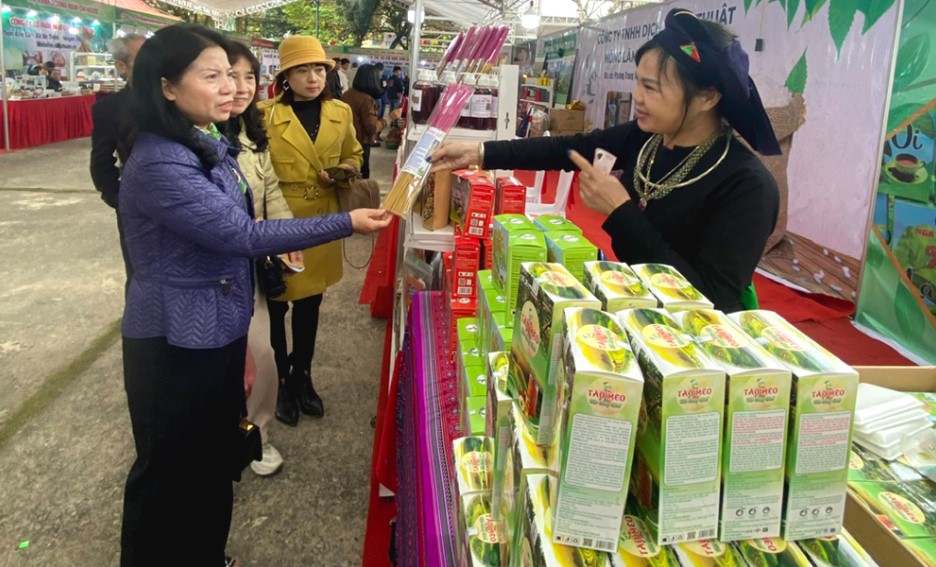
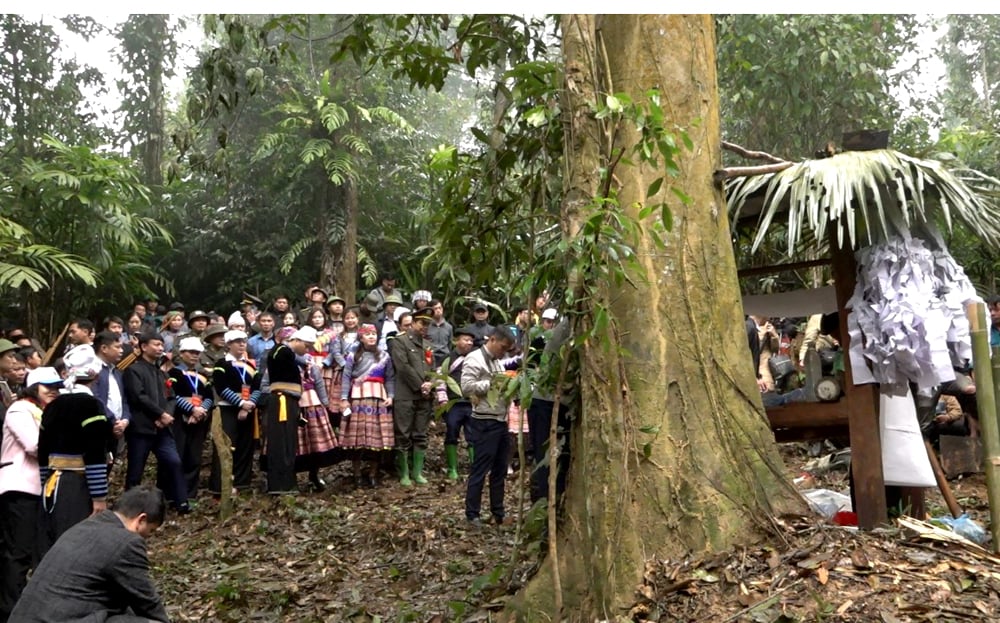
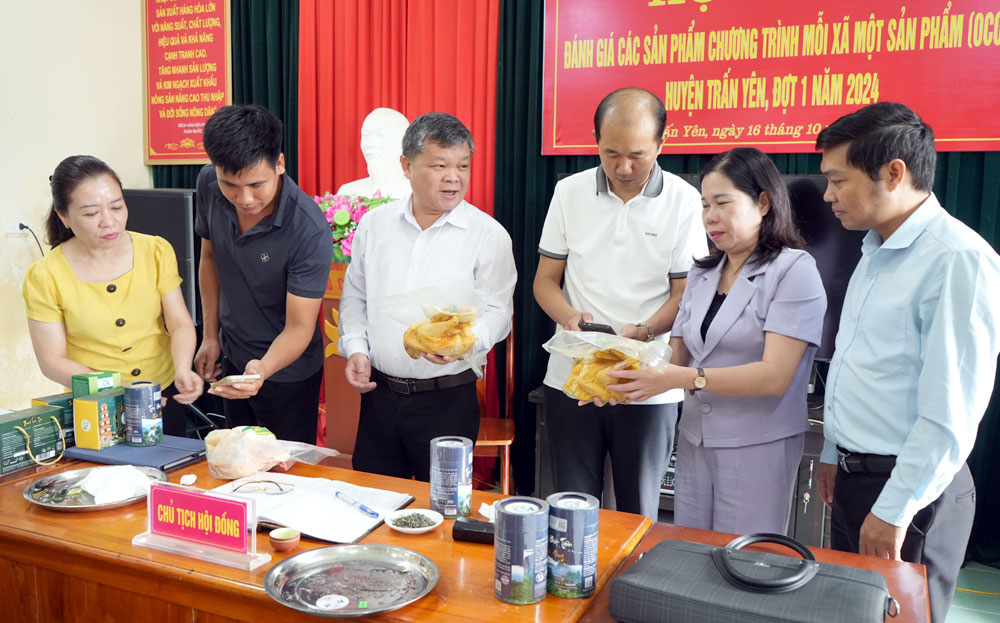

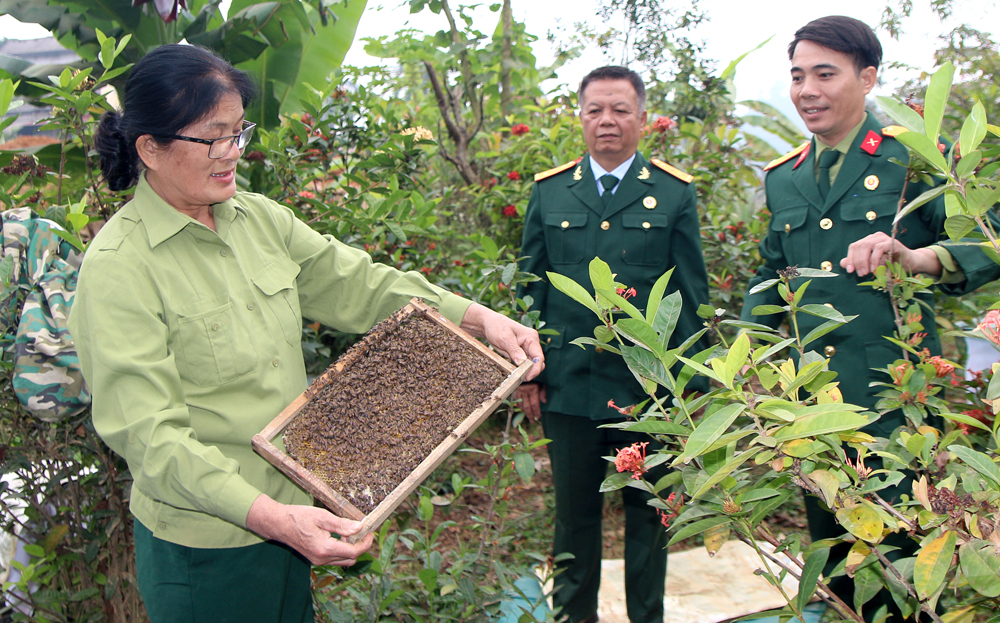






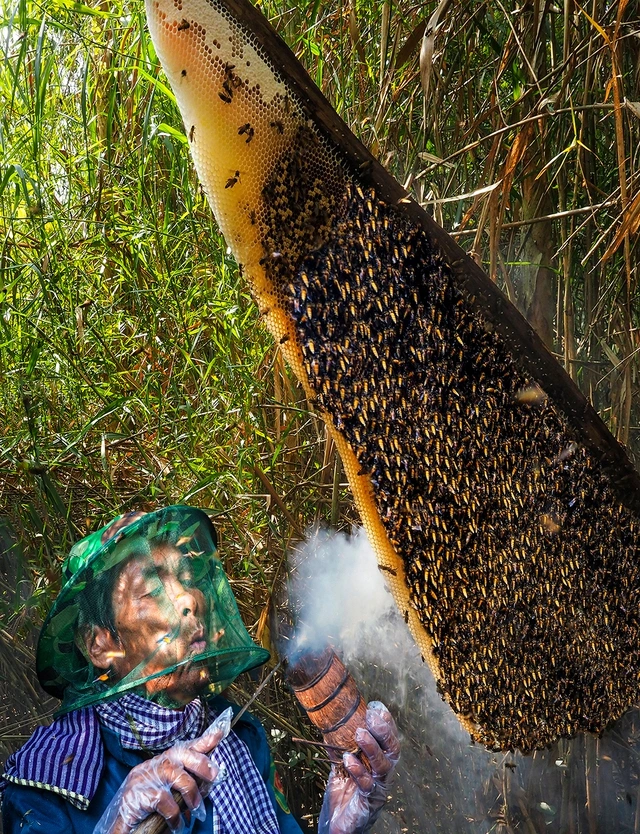







Comment (0)